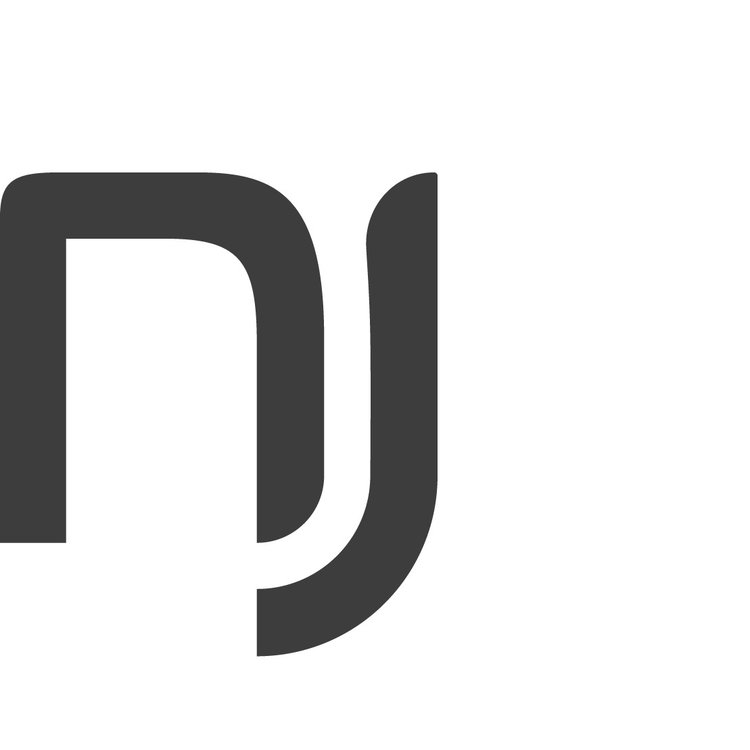In an effort to revitalize NYC's struggling public schools, Mayor Bill DeBlasio has launched the Community School Initiative, which connects schools with local nonprofits, community-based organizations (CBOs) and school leaders that are dedicated to holistic and comprehensive school reform.
Defining a Community School
At the core of a Community School is the belief that community is a central and significant aspect of a school's success. A Community School creates partnerships with external organizations to provide their students with the social services, resources and information they require to achieve academic success. Whether a student is an English language learner, lives in temporary housing or suffers from chronic absenteeism, personnel provided by the Community School Initiative can offer solutions to address the issue. Core elements of the initiative include expanded instruction time, early childhood education, physical health services, mental health services, parent engagement, guidance counseling, and family services.
Which Schools Become Community Schools?
Schools that receive an Attendance Improvement and Dropout Prevention (AIDP) grant will be eligible to become a Community School. In 2014, DeBlasio launched a $52 million dollar grant to leverage the AIDP grant. This funding will be spread across 45 schools and will be used to partner with a CBO to receive direct services.
Renewal schools, schools that exhibit poor academic performance, are also eligible to become Community Schools. They will receive help from the Department of Education and a CBO to turn the school around.
Additionally, new district schools are also eligible to become Community Schools. The DOE's Office of School Design and charter Partnerships will work to ensure that new schools are planned using the Community School model.
Funding
Because there are many stakeholders involved in Community Schools, there is no single source of funding for the initiative. Instead, the Community School Initiative pulls from public and private funding sources such as grants, state funding, federal funding, public resources, philanthropies and businesses.
The Community School Initiative attempts a collective impact approach to school reform and recognizes the holistic elements of a successful education. Although the initiative is only several years old, assessment is taking place to measure the effectiveness of the program. Because the Community School Initiative is such a robust program, schools, CBOs and school leaders will likely require several more years before they can master the workflow of the various partnerships that exist in a Community School.

